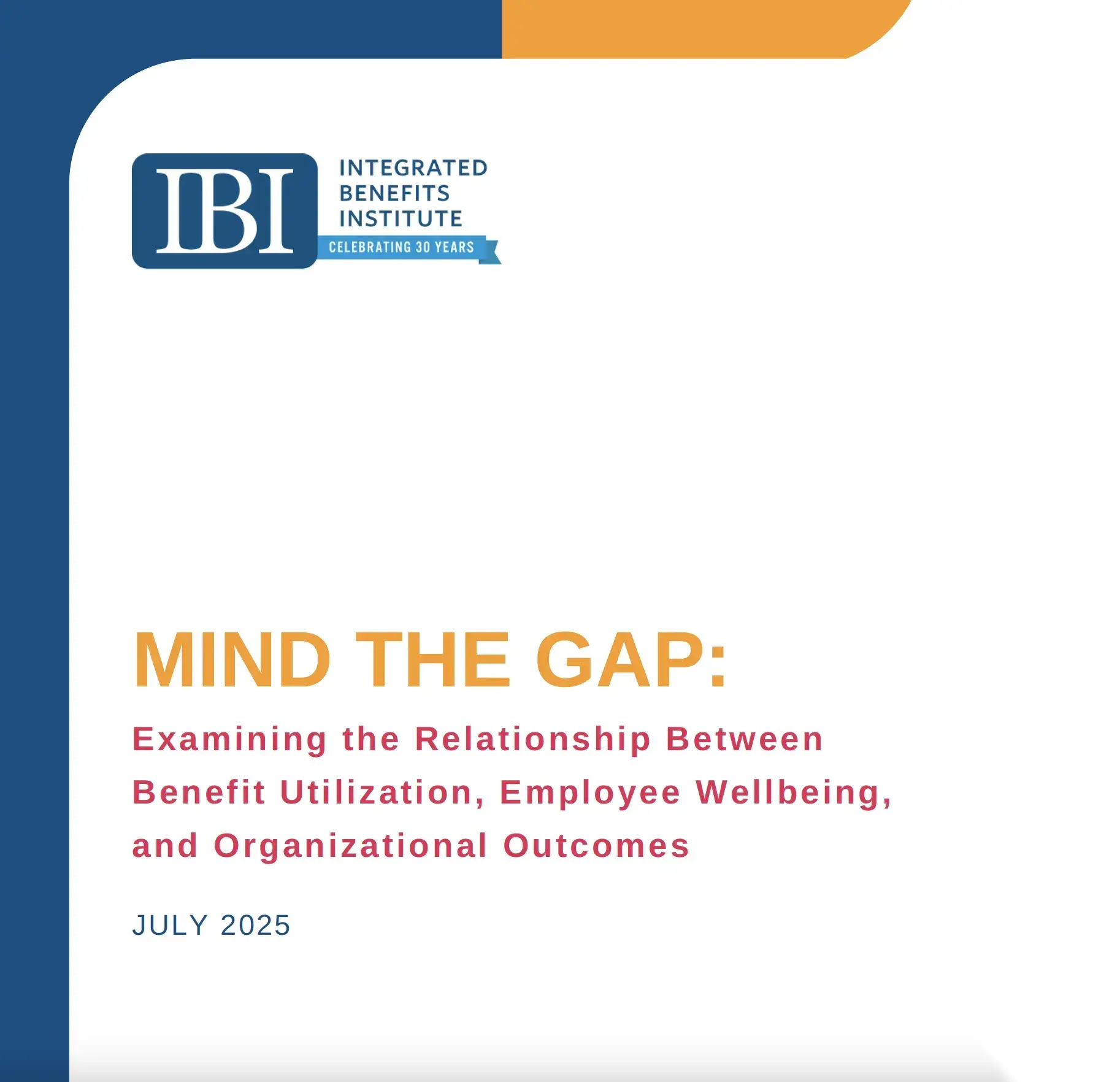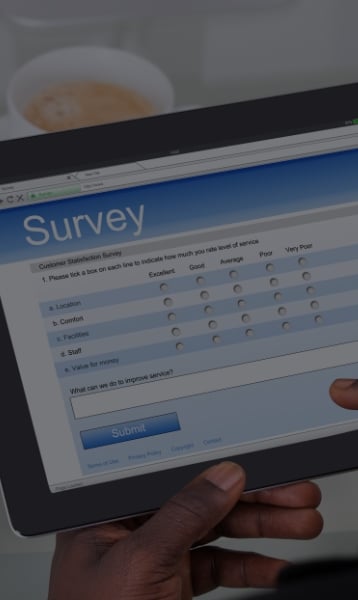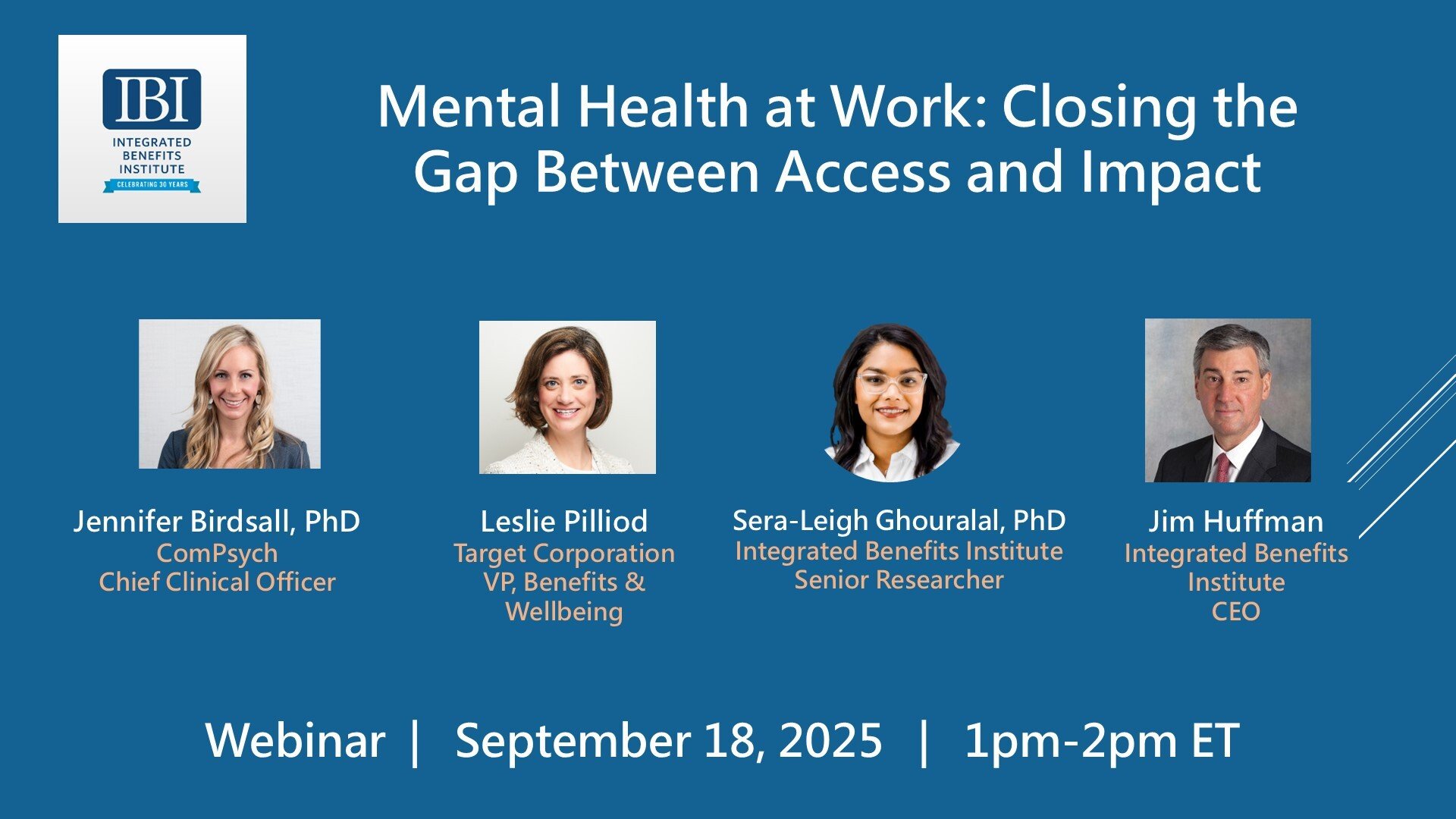This interactive portal improves the analytic experience so you can easily interact with data.
Mental Health at Work: Closing the Gap Between Access and Impact

This national study of 1,207 full-time employees reveals a critical insight for employers: offering mental health benefits is no longer enough. What matters most is whether employees use them.
Key findings include:
• Mental health benefit utilization is up to 287% more strongly correlated with employee wellbeing and 168% more with psychological safety than simple availability.
• Employees who used 6 or more distinct mental health supports experienced:
• 17% higher WHO-5 wellbeing
• 30% stronger psychological safety
• 19% lower presenteeism
While many employers focus on clinical offerings like insurance coverage or teletherapy, these showed weak or even negative relationships with outcomes. In contrast, cultural and flexible interventions—such as meditation programs, peer support groups, and manager mental health training—consistently predicted stronger wellbeing.
Awareness remains a barrier: Nearly 40% of employees had not used any benefits in the past six months, and 20% had little to no awareness of what was available to them.
Larger employers (1,000+ employees) saw the greatest return on benefit utilization, with threefold stronger impacts on productivity than smaller firms—suggesting both a scale advantage and a responsibility to lead.
Strategic Implications:
To drive measurable impact, organizations must:
• Shift from availability-focused strategies to engagement-first approaches
• Prioritize high-trust, high-utility programs over underused clinical services
• Tailor communications and offerings by demographic needs




















